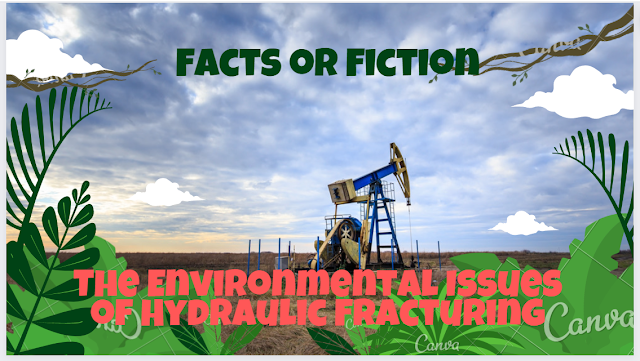Facts or Fiction : The Environmental Issues of Hydraulic Fracturing
The Environmental Issues of Hydraulic Fracturing – Facts vs. Fiction
Drilling opponents, news organizations, gas companies, and members of Congress alike have been spreading some controversial rumors about natural gas. All the bold claims were made in terms of fracking or hydraulic fracturing, which is currently the best horizon for natural gas extraction. Here in this article, we’ll be taking on these controversial rumors and set the record straight.
1. We
Are Running Out of Gas and Fracking Is Making It Worse
Only a decade
ago, government officials and industry analysts had started fretting over the
fact that America was running out of natural gas sources. This is quite untrue.
They also spread the rumor that hydraulic fracturing is going to make it worse.
Wrong again!
Hydraulic
fracturing is the process of extracting natural gas sources that are trapped or
deeply buried within rocks. The key technology used in fracking – horizontal
drilling – makes it possible to drill miles beneath the surface and pump
millions of gallons of chemically infused water into the hole. This fluid
cracks the gas sources and hence allows the industry to exploit vast sources of
natural gas.
2. Hydraulic
Fracturing Squanders All Our Precious Resources of Water
There is no
doubt about the fact that hydraulic fracturing uses up a lot of water. This is
because every single well can take up at least 7 million gallons of water and
30 percent of this cannot be recycled. Where this fact goes wrong is the source
of water being used. In all of the 2916 wells in the Pennsylvania Marcellus
project, the water withdrawals were from other industries such as the steel
industry. The state had already lost that water, and hence hydraulic fracturing
simply recycled the contaminated water.
Also, in
comparison to other industries, natural gas development consumes a lot less
water. Where hydraulic fracturing consumes about 1.9 million gallons daily
(mgd), livestock can consume 62 mgd, mining can consume 96 mgd, and other
industries combined consume 770 mgd!
3. Natural
Gas Is Cheaper and Cleaner
This is
absolutely true. Did you know that burning natural gas has been found to be
much cleaner as opposed to gasoline and oil? This is because it emits about
half the carbon dioxide, less than 1/3rd nitrogen oxides, and nearly 1 percent
of sulfur oxides as opposed to the combustion of coal.
The minor
leaks of methane gas that occur during hydraulic fracturing can also easily be
prevented with the help of aggressively sealing wellheads, pipelines, and condensers.
So there you
have it folks – these were the most controversial rumors about natural gas.
With these out of the way, you can actually see how natural gas development
with the help of hydraulic fracturing has brought the U.S. to 2nd place in
global development ranks.

Posting Komentar untuk "Facts or Fiction : The Environmental Issues of Hydraulic Fracturing"